Popular on Food52
12 Comments
Helen M.
November 13, 2014
I have made it with soy milk and it is very runny and sour - it tastes nice, especially with a tiny bit of maple syrup, but I just want to check that this is the expected result?
Emma G.
January 6, 2015
The end result is kinda fizzy and definitely sour. I'm not sure the grains will stay alive for long if using soy milk though as it's the lactose in cows milk that is feeds off. Maybe alternate soy/cows milk when fermenting to keep the grains happy.
Helen M.
January 6, 2015
Thanks for this - it actually worked well - everytime I change brand of soy milk I get a different result, but the grains have grown and are still alive two months later. I am vegan, so the milk alternation is not really an option although I have seen it as advice in other places as well. Seems to be fine with the soy though.
Emma G.
January 10, 2015
Oh that's so cool to hear! I've not had any luck keeping mine alive with coconut milk for any length of time, so it's good to know they do ok on soy. Thanks for letting me know xx
Elina C.
August 7, 2014
Kefir is well known and loved in Russia. We didn't know yogurt in USSR, but kefir was very popular.
I prefer kefir with musles, not milk.
You can add any fruit inside. Try strawberry. Just add and blend.
Blend kefir with some sugar and cocoa powder - even children will like it.
Homemade kefir becomes creamier if it rests in the refrigerator for 10 or more hours.
If it becomes sour, add something sweet and blend.
0.5 litre of kefir and a big piece of fresh loaf was easy and quick lunch in USSR.
I prefer kefir with musles, not milk.
You can add any fruit inside. Try strawberry. Just add and blend.
Blend kefir with some sugar and cocoa powder - even children will like it.
Homemade kefir becomes creamier if it rests in the refrigerator for 10 or more hours.
If it becomes sour, add something sweet and blend.
0.5 litre of kefir and a big piece of fresh loaf was easy and quick lunch in USSR.
Lina C.
August 6, 2014
Do you know how can flavor or sweetener be added, and at what point? Should it be right before drinking individual servings, or in the entire jar before storing? What are good ratios of sweetener/flavor to kefir?
Emma G.
August 6, 2014
Hi Lina,
I mostly just use my kefir in smoothies, so this is when flavours are added such as banana and berries (which naturally sweeten it although you can also add a touch of honey/maple if you like things sweeter). If you are just wanting to sweeten/flavour it and then store it in the fridge for easy access I would sweeten once you've strained the grains out. How much or how little you add depends on your own personal tastes. xx
I mostly just use my kefir in smoothies, so this is when flavours are added such as banana and berries (which naturally sweeten it although you can also add a touch of honey/maple if you like things sweeter). If you are just wanting to sweeten/flavour it and then store it in the fridge for easy access I would sweeten once you've strained the grains out. How much or how little you add depends on your own personal tastes. xx
George H.
August 5, 2014
A simple question.
Can you use some existing kefir as a "seed" to kick off the fermentation process instead of "kefir grain""?
Can you use some existing kefir as a "seed" to kick off the fermentation process instead of "kefir grain""?
Emma G.
August 5, 2014
Hi George, I have read that you can (I've not tried it myself) and this is how most commercially made milk kefir is produced. However the end product is nowhere near as rich in probiotics etc as the proper stuff made with kefir grains and I'd say the lactose levels could possibly still be quite high.
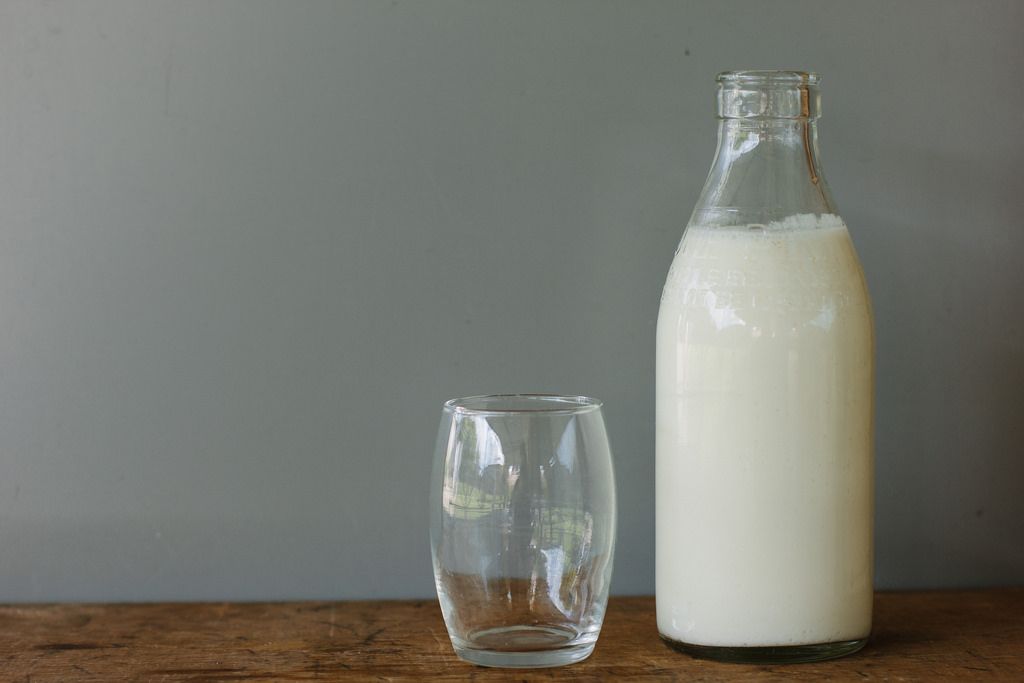
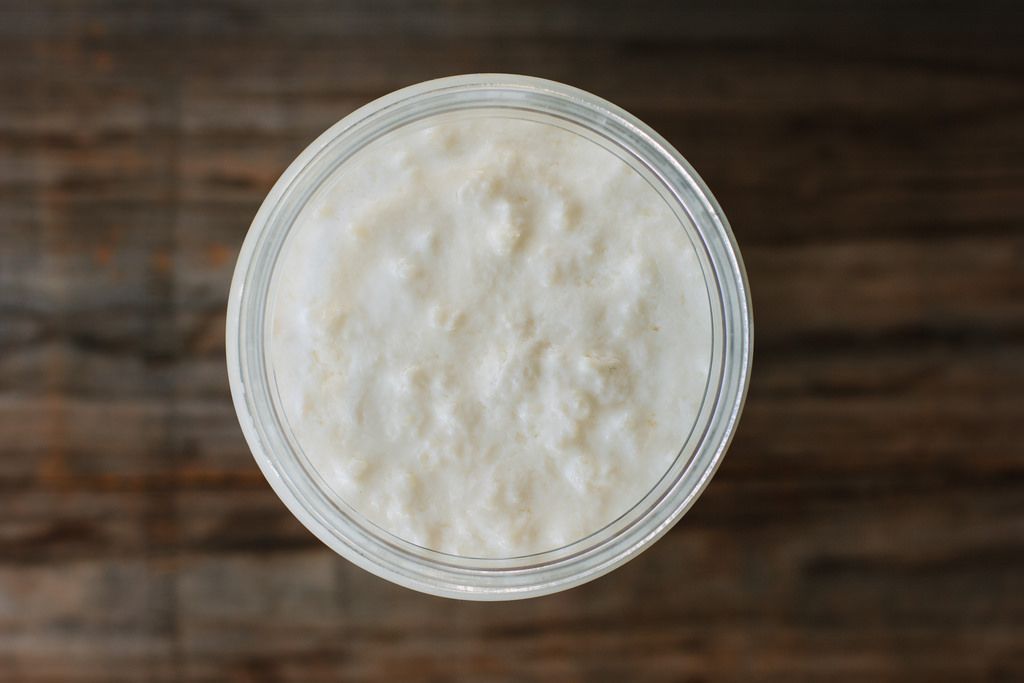
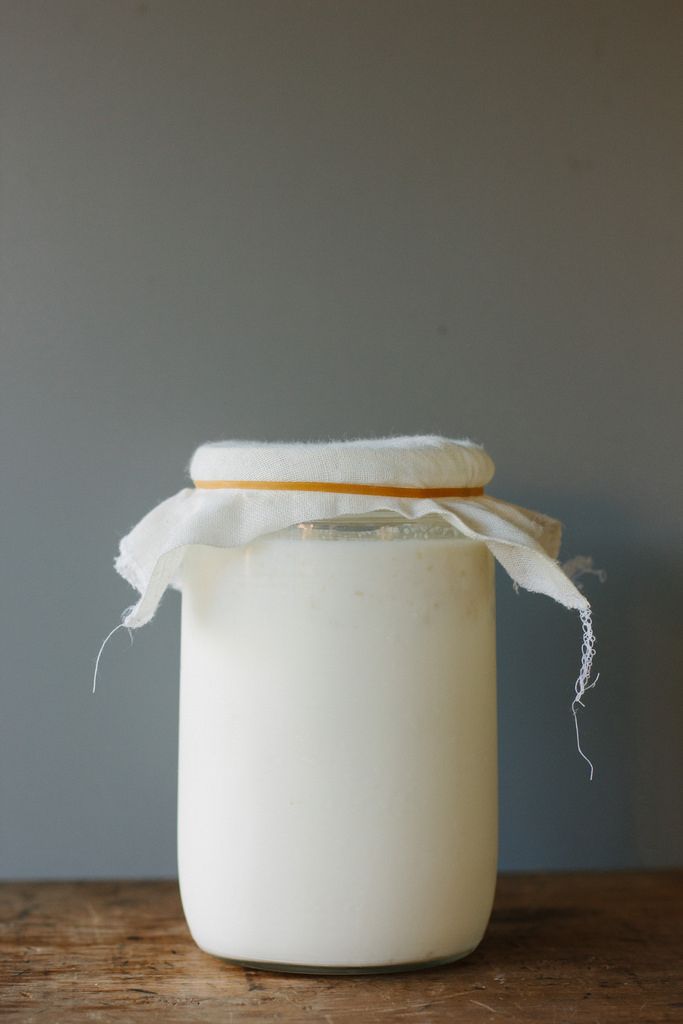
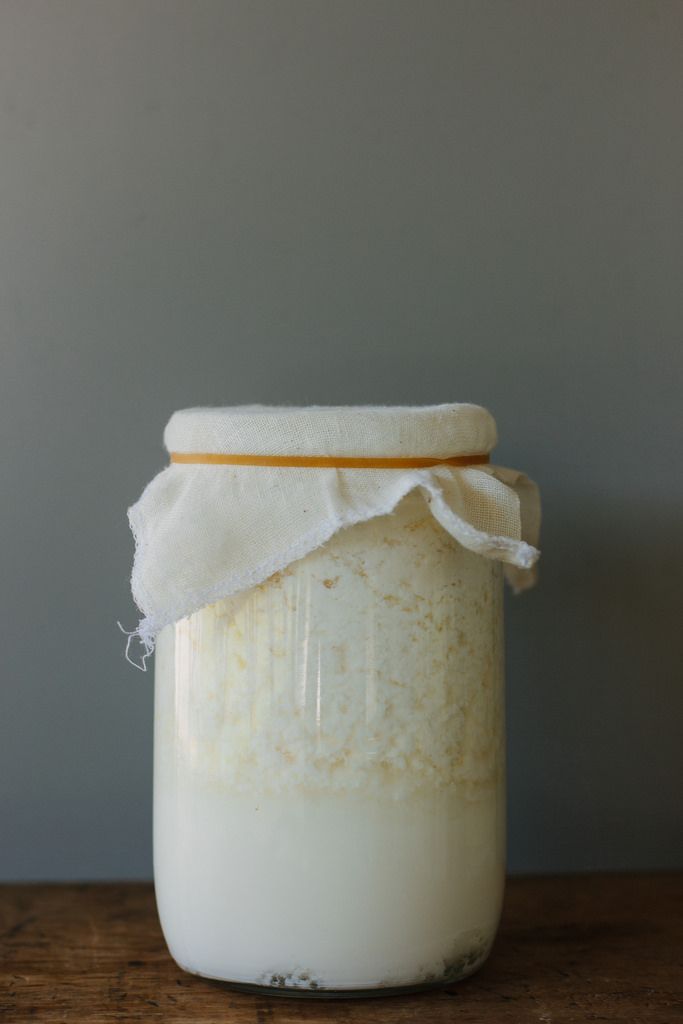
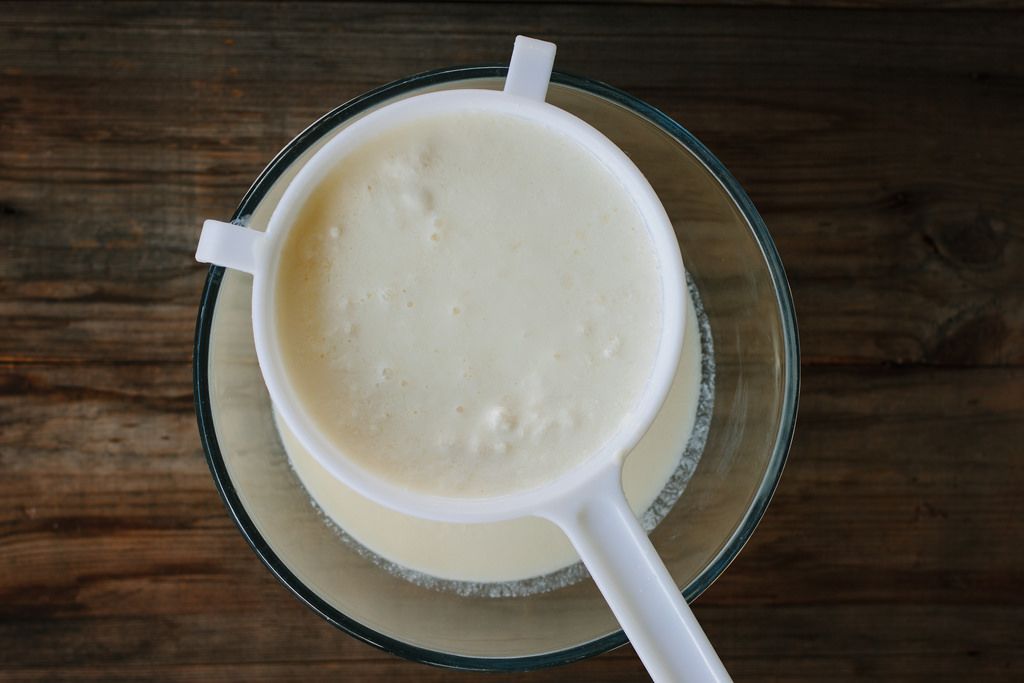
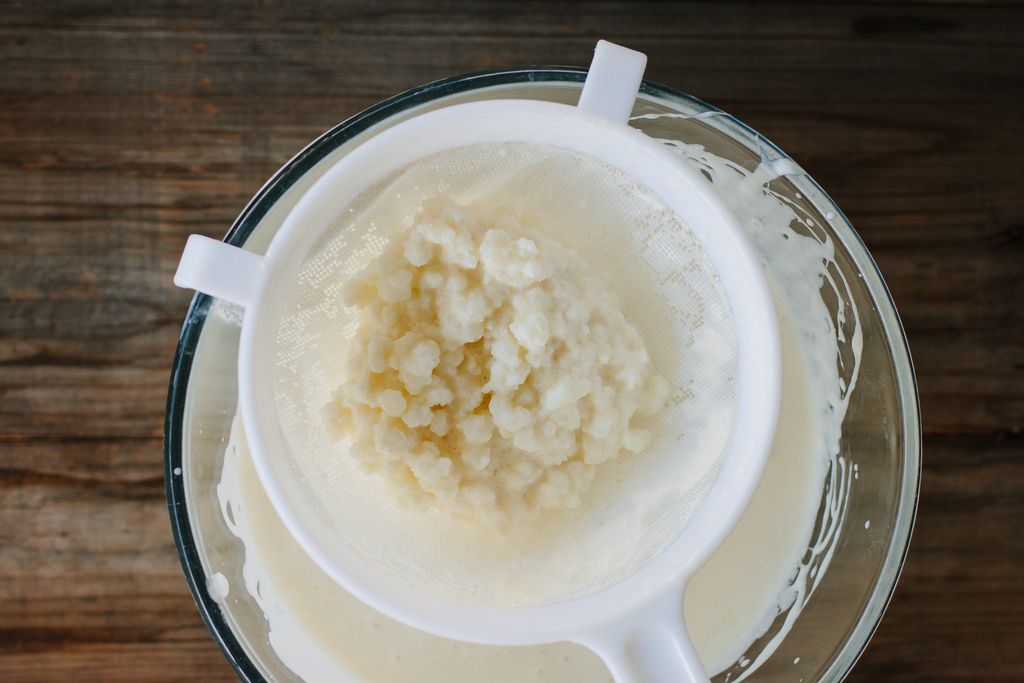
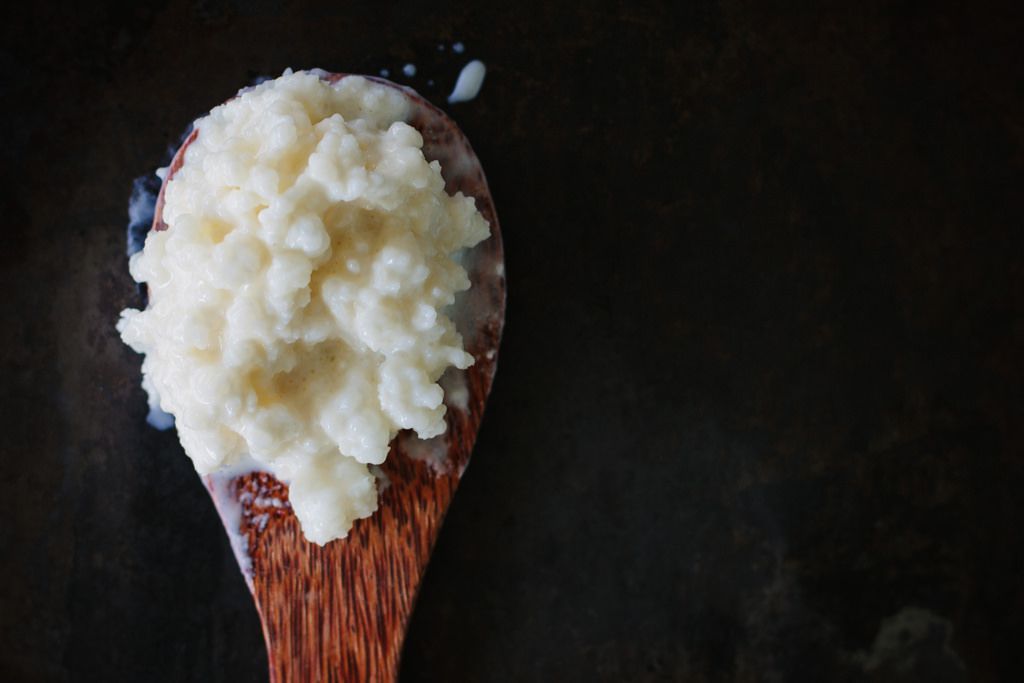

See what other Food52 readers are saying.